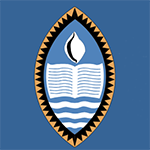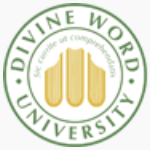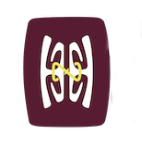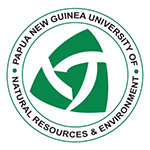Introduction to the University of Papua New Guinea:
Introduction and Overview: The University of Papua New Guinea is a leading teaching and research university in the country, located in the capital Port Moresby. The school offers undergraduate and postgraduate courses covering a variety of fields, including economics, medicine, pharmacy, health sciences, natural sciences, law, business, humanities and social sciences, etc. The number of students exceeds 15,000, and its students come from different social and cultural backgrounds, including students from Papua New Guinea and other Pacific countries.
History and Establishment: In 1965, based on the Currie Commission's investigation and recommendations on higher education in Papua New Guinea, the Australian government established the University of Papua New Guinea by decree. In 1966, the school welcomed the first batch of 58 preparatory students, and began to offer degree courses in 1967, with 83 students in three faculties of arts, law and science. In 1983, the National Parliament passed the University of Papua New Guinea Act 1983, repealing the old decree. In 1990, the National School of Arts in Port Moresby was incorporated into the university.
School Strength: As the country's first university, it plays an important role in the field of higher education in Papua New Guinea. It is a member of the Association of Commonwealth Universities and has certain exchanges and cooperation with universities in other countries. The school has trained many outstanding graduates and played an important role in the country's politics, economy, culture and other fields.
Institutional Nature: Public University.
Educational Philosophy: Committed to becoming a first-class university, providing excellent education, research and services to Papua New Guinea and the Pacific region, and cultivating innovative talents for national construction and global development and promoting social progress by providing high-quality education and research results.
Key Disciplines: Medicine, Law, Economics, Natural Sciences and other disciplines are the key disciplines of the school. For example, the medical major has trained a large number of medical talents, meeting the country's demand for medical professionals; the law major is the only law school in the country, which has trained many professional talents in the legal field; the economics major also plays an important role in training economic management and research talents. No information about outstanding key laboratories has been clarified yet.
Faculty: The school has several colleges, such as the School of Humanities and Social Sciences, the School of Natural and Physical Sciences, the School of Business, the School of Public Policy, the School of Law, the School of Medicine, etc. In addition, there is a national art school that provides education in drama, visual arts and music.
Ranking: It ranks high in Papua New Guinea and was ranked as the second university in the country in 2025. However, there is no authoritative comprehensive ranking internationally.
Cost: Tuition is about 7,500 Papua New Guinean kina/semester (the specific cost may vary depending on the major). There is no more detailed public information about scholarships and other expenses.
Campus environment: The campus includes the main campus of Wegeni and the Taurama Medical College campus. The school has teaching facilities such as a library, laboratories, and a computer center. The library is named Michael Somare Library, named after the country's first prime minister. In addition, the school also has living facilities such as student dormitories and canteens. However, according to some reports, some of the school's infrastructure is aging and poorly maintained, such as limited network access, outdated library collections, and some buildings in disrepair.
-

University of Goroka
-

University of Papua New Guinea
-

Divine Word University
-

Papua New Guinea University of Technology
-

Papua New Guinea University of Natural Resources and Environment
-

Pacific Adventist University
-

Mesoamerican University
-

Istmo University
-

Mariano Galvez University of Guatemala
-

Regional University of Guatemala
-

Galileo University
-

Francisco Marroquín University
-

Rafael Landívar University
-

University of the Valley of Guatemala
-

University of San Carlos of Guatemala
-

Technological Institute of Tlaxcala Plateau
-

Golfo University
-

Technological University of South Sonora
-

Technological University of Huejotzingo
-

Tizimín Institute of Technology
-

Chilpancingo Institute of Technology
